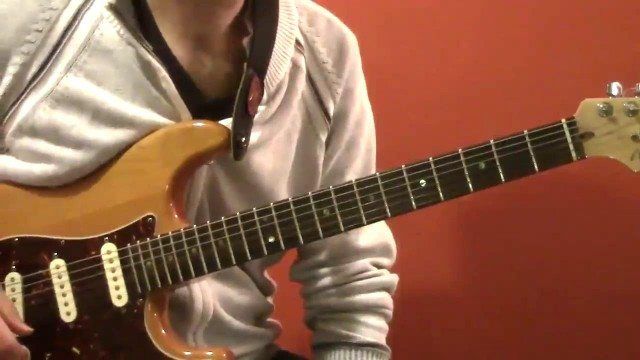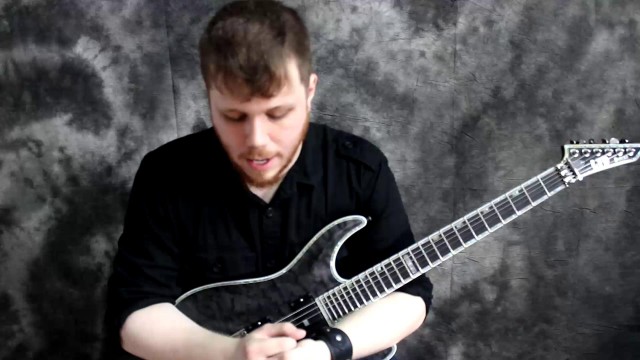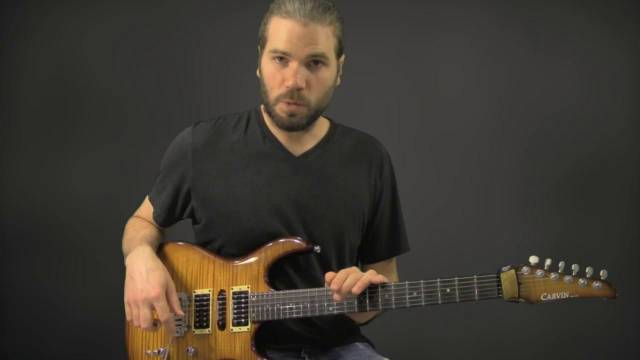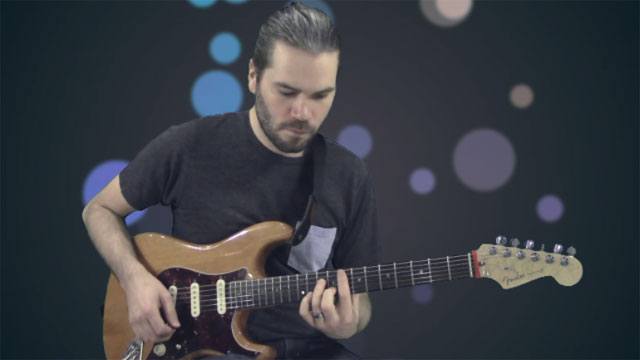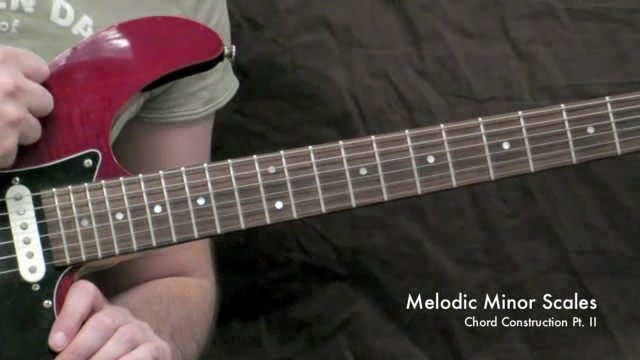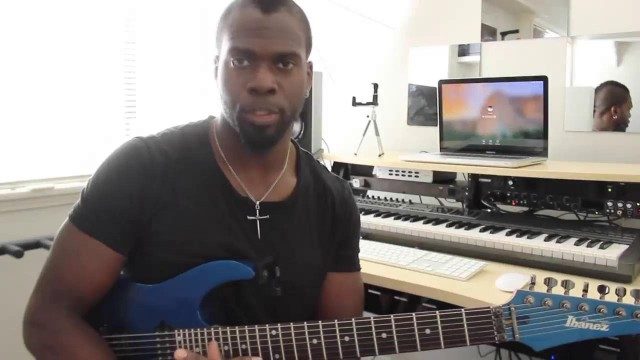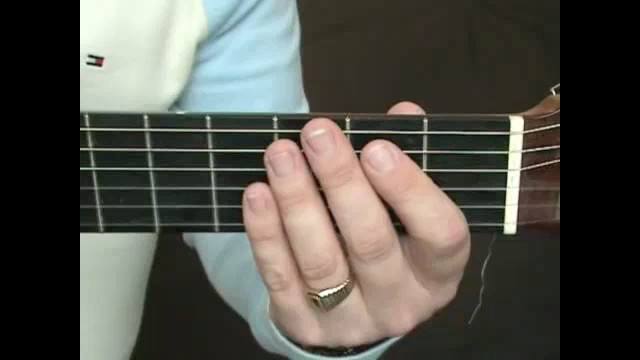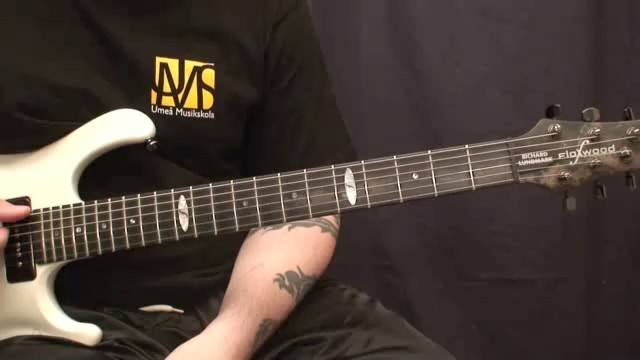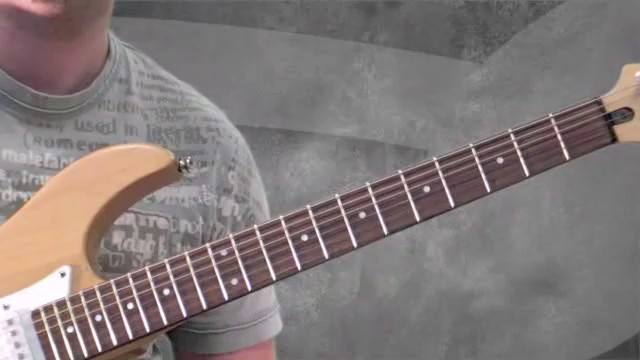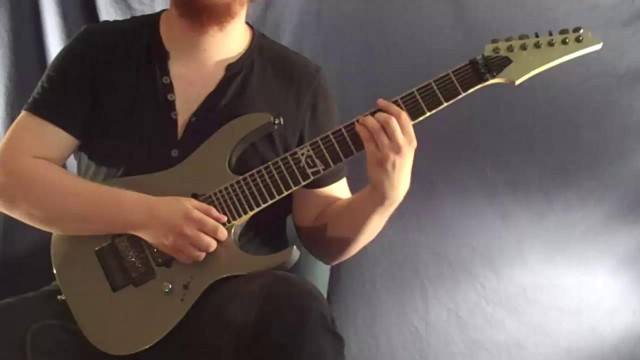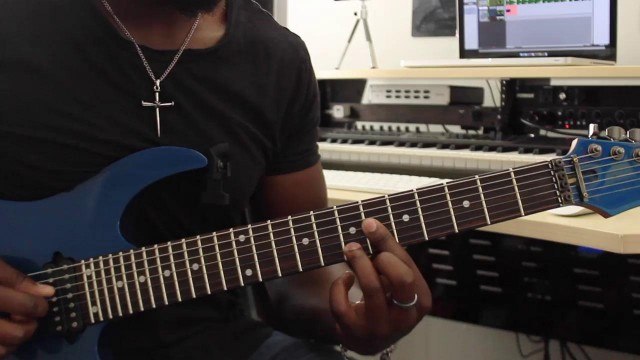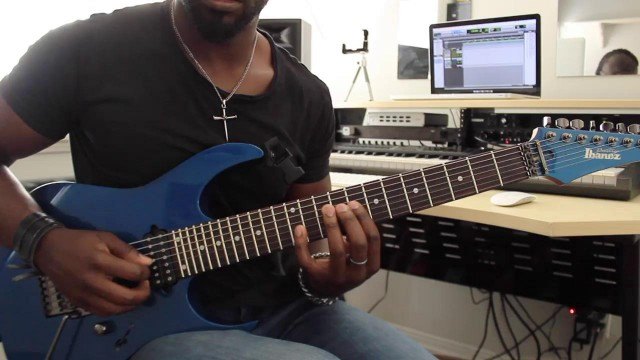Hello, I now bring you part 2 of this tutorial.
To start, we will be working with Augmented, Diminished, Sus4, and Sus2 chords. For simplistic reasons, we will be building these (once again) in the key of C major but the chord formulas (root, major/minor 3rd, perfect/diminished/augmented 5th, etc.) will stay the same for all 12 keys like in the previous lesson. The first 2 triads/chords we’re going to learn are the Augmented chord and the Diminished chord. The first triad, or augmented chord, is pretty much the same thing as a major triad (C-E-G), except we are going to change just one note to give it the characteristic tone/makeup of an augmented chord, which is raising the 5th to a G#. So, the Augmented triad would be built like C(1st)-E(3rd)-G#(flat 6th/sharp 5th.) Intervalically, it is put together as Root, (C-E) Major 3rd, (C-G#) Augmented 5th (which is where the term augmented chord comes from). The way the A form chord is built, is that we have the root on the A string, the root again on the G string, the major 3rd on the B string, and the augmented 5th on the high E string. (Chord #1)
![]()
The way the E Form chord is built is with the Root on the low E string, the Root again on the D string, the major 3rd on the G string, and the augmented 5th on the B string. (Chord #2)
![]()
For the diminished chord, we are going to alter the Major triad (C-E-G) two ways to give us this chord. We are going to be lowering the 3rd, like the minor triad (C-Eb-G), but we are also going to be lowering the 5th as well. So it would be spelled out: C-Eb-Gb. Now, this can be thought out intervalically as Root, Minor 3rd (C-Eb), and another Minor 3rd (Eb-Gb) up from Eb, or as Root, Minor 3rd and Diminished 5th (C-Gb).
The way the A form chord is built, is that we have the root on the A string, the root again on the G string, the minor 3rd on the B string, and the diminished 5th on the high E string. (Chord #3)
![]()
The way the E form is built, is that we have the root on the low E string, the root again on the D string, the minor 3rd on the G string, and the diminished 5th on the B string.(CHORD #4)
![]()
Now, Sus4 and Sus2 chords are a lot like the Minor and Augmented chords, as in we are going to only alter one note of the triad. Now all Sus means is “Suspended” in that we are going to “suspend” one note of the chord. In this case it is going to be the 3rd. To create a Sus2, all we do is lower the 3rd a major second or a whole step to D, and with that, we now have a Csus2 chord: C(Root)–D(Major 2nd)-G(Perfect 5th).
The way the A form of a sus2 chord is built is the root on the A string, the perfect 5th on the D string, the root again on the G string, the major 2nd on the B string, and the perfect 5th again on the high E string. (Chord #5)
![]()
For the E form, we have the Root on the low E string, the root again on the D string, the major 2nd on the G string, and the perfect 5th on the B string. (Chord #6)
![]()
To form the Sus4 chord, we just take the major 3rd and raise it a half step to F which now gives us the formula for a Suspended 4th chord: C(Root)-F(Perfect 4th)-G(perfect 5th). The A form of a Suspended 4th chord is built as the Root on the A string, the perfect 5th on the D string, the root again on the G string, the Perfect 4th on the B string, and the Perfect 5th on the high E string. (Chord #7)
![]()
The E form of a suspended 4th chord is the root on the low E string, the root again on the D string, the perfect 4th on the G string, and finally the Perfect 5th on the B string. (Chord #8)
![]()
A good thing to remember is that since the Suspended chords have no 3rd present, it has no major or minor tonality so they can be used very broadly in place of a major or minor chord.
There you have it. That concludes this part of the tutorial on building your chord vocabulary. Next we will be reviewing all of the possible 7th chords that we can build. I have included a list of as many of the open forms of the chords that we have covered for your convenience, which you can use in your chord progressions.
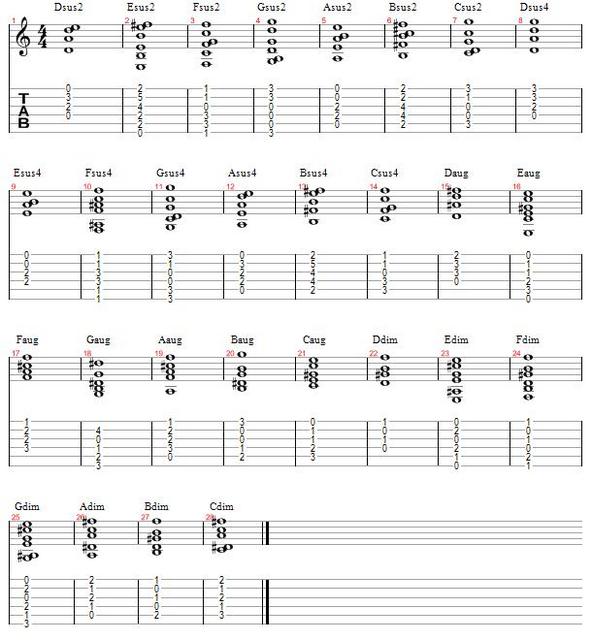
Good luck!



